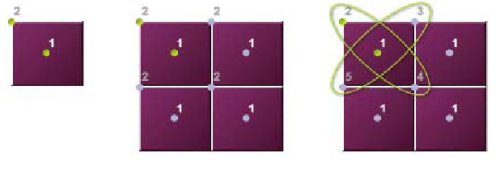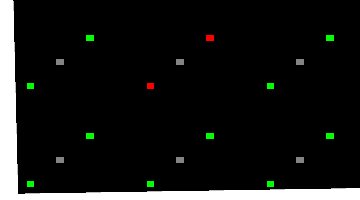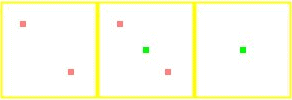Bah. I don't see a need to go on some quest to keep the same two around. For all we know they have been colluding for most of this decade.It would be interesting to see what would happen to the market if AMD died off. I highly doubt Intel would just reign supreme for the rest of time. Out of the ashes comes VIA-XXL!
Sure it would be "interesting" from a purely academic standpoint, but not from a consumer or enthusiast standpoint. x86 is a two-horse race. The only company that could ever stand any chance of competing would be IBM, and I don't think they have any interest in entering this cut-throat market. Pretty much the same story on the graphics front, with the minor exception of a 3rd horse (NV).





